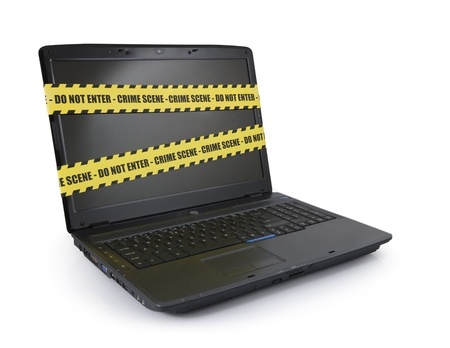Personal Information
Personal information is the information or opinion that relates to an individual. This information could be used to help identify or locate a person. Some personal information, such as names, addresses and phone numbers, is obvious. Other detail, such as shopping habits, photos, achievements and phone numbers dialled, may not be so obvious. Who is given access to personal information needs serious consideration.
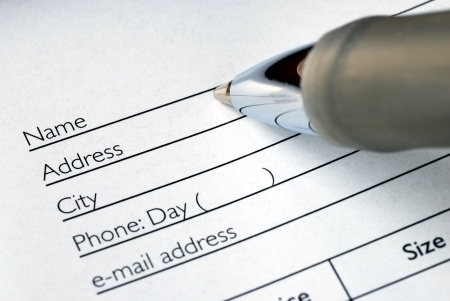
Malware, Viruses and Spyware
Malware is short for malicious software. It is software that can cause problems on your computer. It can come in a number of forms such as viruses and spyware. A virus can install on your computer without you being aware and will cause a range of damage, up to the entire loss of your data. Spyware are programs that secretly record what you do on your computer.
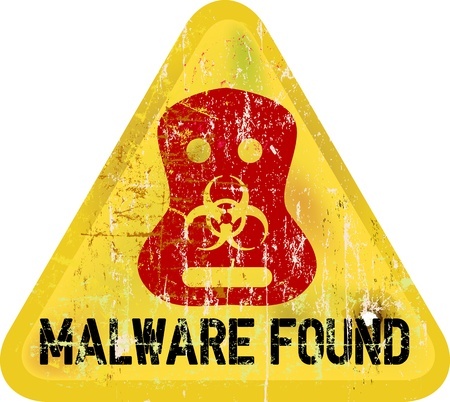
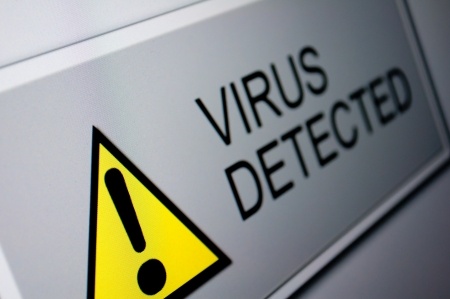
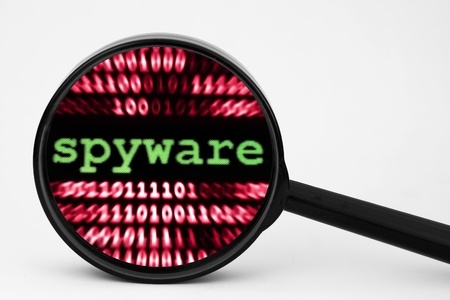
Phishing
Phishing is the term used to describe the activity of trying to get information such as usernames, passwords and financial details by pretending to be someone else in an electronic communication. Email spoofing and instant messaging can direct users to fake websites that request details for false purposes. Sometimes the scams can look very realistic. Phishing is not software but the use of electronic communication for fraudulent purposes.
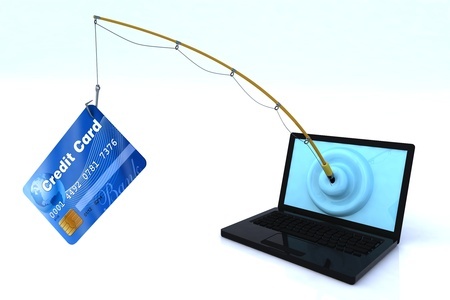
Cyberbullying and CEOP
Cyberbullying is the use of electronic communication to bully a person. Often this is sending messages in an intimidating or threatening manner.
CEOP is the Child Exploitation and Online Protection Centre. It is a command of the UK's National Crime Agency. Effectively they are the Internet police. CEOP provide a place to report problems and give advice to help with Internet safety. They also provide a website especially for young people called ThinkUKnow. This shows what is good and helps inform and educate on how to avoid the bad of the Internet.

